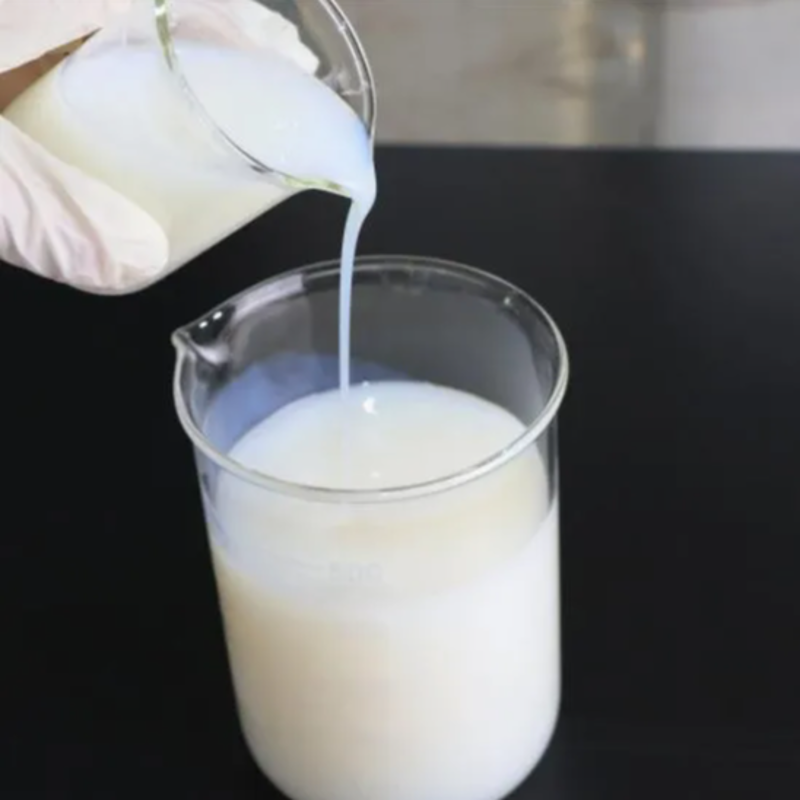-
Categories
-
Pharmaceutical Intermediates
-
Active Pharmaceutical Ingredients
-
Food Additives
- Industrial Coatings
- Agrochemicals
- Dyes and Pigments
- Surfactant
- Flavors and Fragrances
- Chemical Reagents
- Catalyst and Auxiliary
- Natural Products
- Inorganic Chemistry
-
Organic Chemistry
-
Biochemical Engineering
- Analytical Chemistry
-
Cosmetic Ingredient
- Water Treatment Chemical
-
Pharmaceutical Intermediates
Promotion
ECHEMI Mall
Wholesale
Weekly Price
Exhibition
News
-
Trade Service
[Physical and chemical properties] There are two types of polyvinylamine products, fine powder and colorless or light yellow viscous liquid, of which the light yellow viscous liquid has an ammonia odor
[Preparation method] There are three main methods for preparing polyvinylamine: ①It is completed by the synthesis, polymerization and hydrolysis of ethylene acetamide; ②Hofmann degradation rearrangement reaction of polyacrylamide; ③poly(N-acyl)vinylaminehydrolysis
(1) It is completed by several steps of synthesis, polymerization and hydrolysis of ethylene acetamide
①Synthesis of ethylene acetamide, add 462g of industrial acetamide (colorless and transparent needle-like crystals, dissolved in water and ethanol) into 12.
②Polymerization of ethylene acetamide In 460 g of the red-brown mixed solution of ethylene acetamide prepared above, add 570 mL of methanol, treat with ion exchange resin, and then add methanol to make a 10%-50% ethylene acetamide monomer solution
③Polyvinylacetamide is hydrolyzed to prepare polyvinylamine.
(2) Hofmann degrading rearrangement reaction of polyacrylamide
It was reported in the 1950s that polyacrylamide can be partially aminated by Hofmann degrading rearrangement reaction to produce polyvinylamines with different degrees of amination.
The specific experimental procedures are as follows: put sodium hypochlorite and sodium hydroxide aqueous solution in a 250mL three-necked flask, and cool to -15~-10℃ with an ice-salt bath; add polyacrylamide aqueous solution, react for 1h, add the second batch of sodium hydroxide Aqueous solution, continue to react for 1h, and then change to ice bath reaction
At present, it is generally believed that the conversion rate of the Hofmann degradation reaction of polyacrylamide is about 60%
(3) Hydrolysis of poly(N-methyl/acetamide) vinylamine
Using acetaldehyde and acetamide as raw materials, polyvinylamine is prepared through condensation, pyrolysis, polymerization, hydrolysis and other steps.
The yield of the intermediate poly(N-methyl/acetamide) vinylamine can reach 80%-85%, and the reaction yield of hydrolysis to form polyvinylamine hydrochloride is greater than 90%
[Application] Peng Tianxing and others used polyvinylamine (PVAm) to treat waste paper deinking wastewater, and compared them with cationic polyacrylamide (CPAM).







